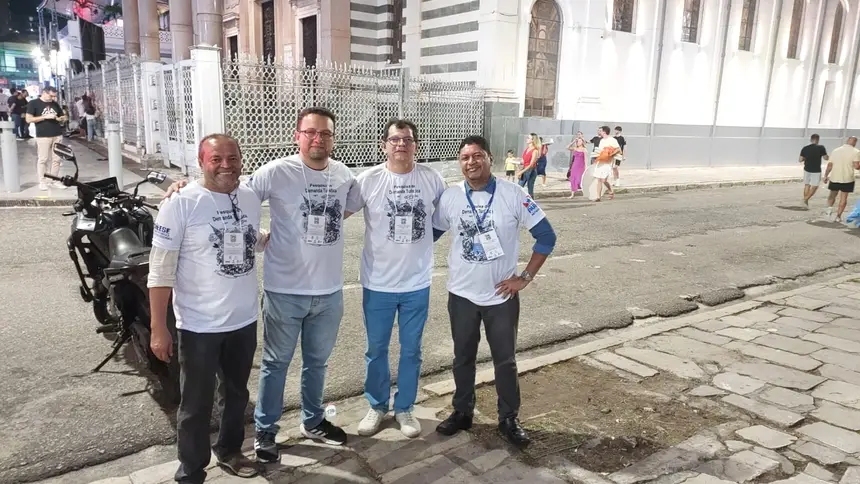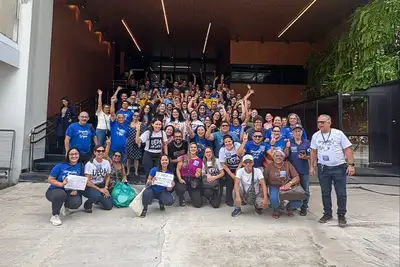Setur's Research Seeks Profile and Motivation of Tourists and Pilgrims at the Círio de Nazaré
The study aims to understand the number of visitors coming from outside Pará, their origins, spending, among other factors, for public tourism policy purposes
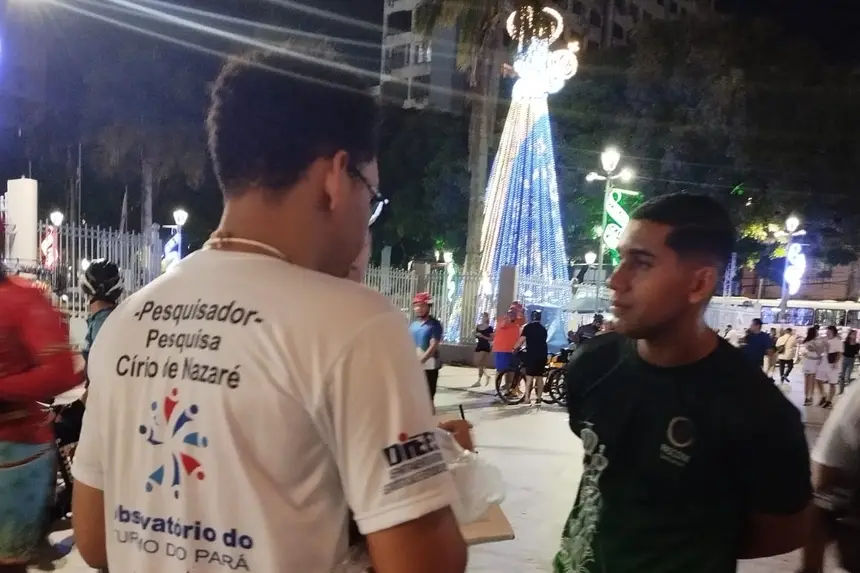
The State Secretariat of Tourism (Setur) has initiated, through the Pará Tourism Observatory, a series of surveys during the Círio de Nazaré 2025. The action, which began on the night of Wednesday (8) and continues until Sunday, October 12, is conducted in partnership with the Inter-Union Department of Statistics and Socioeconomic Studies (Dieese-PA) and the Federal University of Pará (UFPA).
The survey involves teams administering questionnaires among tourists and pilgrims participating in the largest expression of faith of the people of Pará. In total, 44 researchers will collect 2,400 interviews in areas of high visitor concentration.
According to the coordinator of the Pará and Northern Region Tourism Observatory, Admilson Alcântara, the study is an essential tool for planning public tourism policies. “The research on the profile of tourists and pilgrims visiting Belém during the Círio seeks to understand who these visitors are, their travel behaviors, what they consider positive, and what can still be improved. It is a strategic initiative that has been happening for over 20 years and serves as a basis for the State Tourism Plan, with a special focus on religious tourism, which is of enormous importance to Pará,” he emphasized.
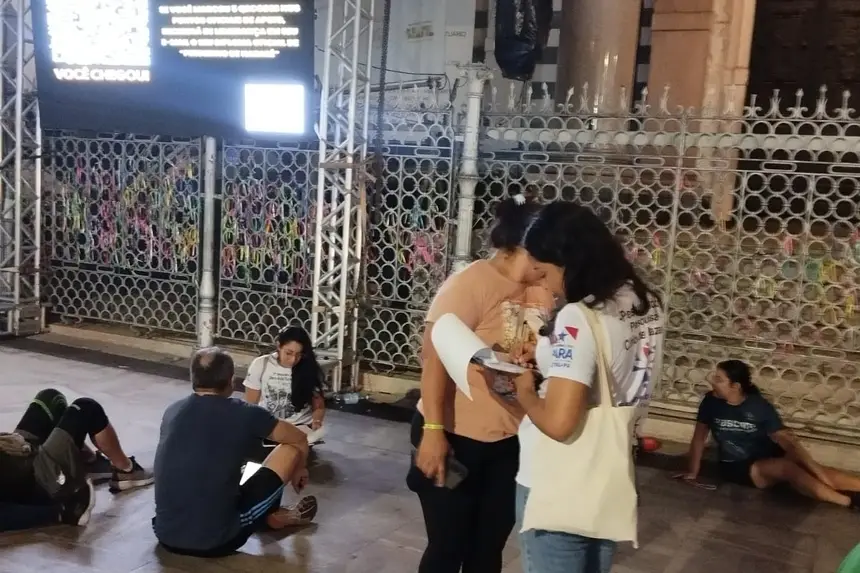
Among the researchers in the field, Ronaldo Silva from the Pará Tourism Observatory emphasized the relevance of the action. “This research is very important because, through the data, we get to know the profile of the pilgrim and the tourist throughout the Nazarene season. The pilgrims come from various locations — Vigia, Castanhal, Ananindeua, Ponta de Pedras — and tourists arrive from cities like Fortaleza, Rio de Janeiro, São Paulo, and Macapá. With this information, we aim to improve the reception and experience of everyone participating in this very special moment,” he stated.
Interests of Tourists and Pilgrims
The survey is divided into two parallel studies: the “Profile of Círio Tourists,” which identifies the number of visitors coming from outside Pará, their states of origin, average length of stay, spending, and economic impact generated for the capital; and the “Profile of Círio Pilgrims,” which analyzes motivations, routes, the format of pilgrimages, and the welcome received. The data will also indicate the main types of accommodation used — among hotels, inns, and family homes — and the most visited attractions during the period.
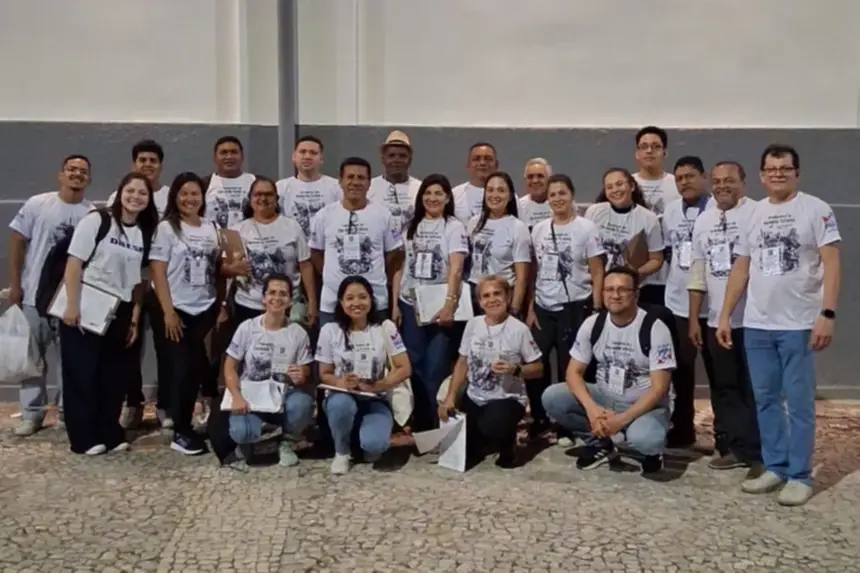
Among the thousands of faithful and visitors, pilgrim Cássio Pinheiro, originally from Muaná on Marajó Island and residing in Ananindeua, experienced for the first time the journey to the capital on foot. “We came in a group of 14 people, including seminarians and our priest. It is a penitential walk, a gesture of faith and communion. The Círio is a wonderful time for the people of Pará, and the welcome from the people is moving. The solidarity we find along the way shows how alive this festival is and how it transforms us,” he shared emotionally.
Tourist Márcio Alves Queiroz from São Paulo (SP) came for the third time to participate in the Círio. For him, the energy and hospitality of the people of Pará are the main attractions of the festivity. “The feeling is indescribable. Here we feel the faith, the energy, and the warmth of the people. It is a mix of accents and cultures, with people from all over Brazil and even from abroad. This research is essential to enhance the experience of visitors and further strengthen tourism in Pará,” he said.
'Understanding to Welcome Better,' says State Secretary of Tourism
For the Secretary of Tourism of Pará, Eduardo Costa, the Círio is a celebration that unites faith, tradition, and hospitality, and understanding the profile of those who experience this moment is essential for better welcoming. “The Círio is the soul of the people of Pará. It is when faith transforms into emotion and tourism blends with devotion. Each pilgrim and each visitor brings with them a story, a gesture of faith, and understanding this movement helps us prepare Belém and Pará to receive with even more care and respect. Religious tourism is a living heritage of our culture, and this research reaffirms our commitment to take good care of those who come to celebrate Our Lady of Nazaré with us,” stated the secretary.


